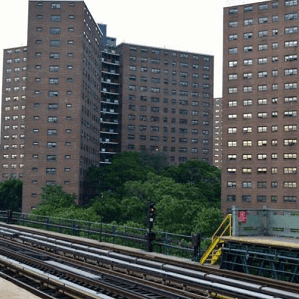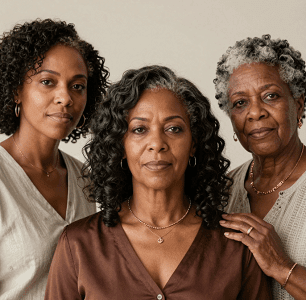A recent study published in Cancer reveals that historic redlining, a form of structural racism, continues to impact survival rates among young cancer patients. The research analyzed cancer diagnoses in individuals under 40 living in Seattle and Tacoma, Washington, between 2000 and 2019. The study found that young people residing in previously redlined neighborhoods face a significantly higher risk of dying from cancer compared to those in non-redlined areas.
The data showed that the five-year survival rate for young cancer patients in redlined neighborhoods was 85.1%, compared to 90.3% for those in other areas. This disparity persisted at the ten-year mark, with survival rates of 81.1% versus 88.1%. Even after adjusting for factors such as area-level poverty, the risk of death remained 32% higher for those in redlined neighborhoods.
These findings align with previous research linking redlining to poor health outcomes and highlight the role of structural racism in health disparities. Understanding the mechanisms behind these disparities is crucial for developing effective interventions. The study calls for further research to explore more immediate measures of structural racism and their impact on health outcomes today.
This research underscores the enduring effects of historical policies on current health disparities and the urgent need for targeted efforts to address these inequities in cancer care.
See: “Redlining’s Storm: Breast Cancer Mortality” (May 9, 2025)



